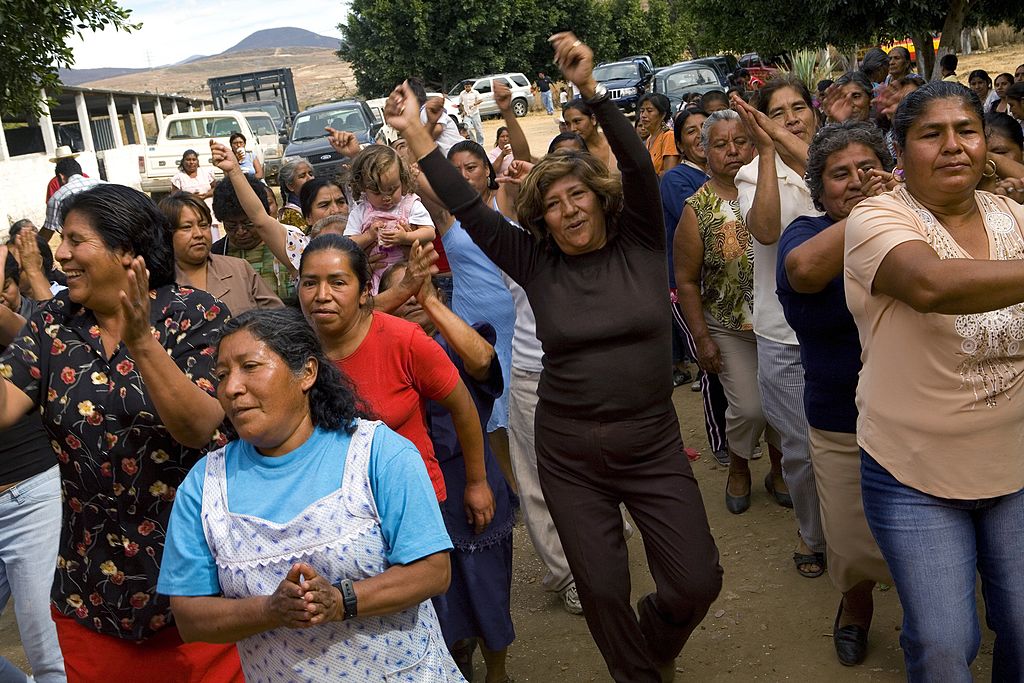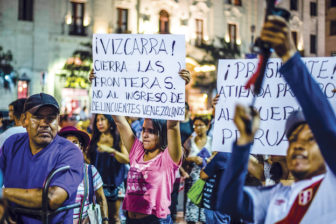Extractive industries have made a considerable contribution to Latin America’s economic growth this century, especially in countries along the Pacific Rim (i.e., Chile, Colombia, and Peru). Of those nations, perhaps greatest recent impact of the resource boom has been in Peru—contributing a large share to the country’s remarkable GDP growth of 6.9 percent in 2011. Today Peru is the world’s second-largest producer of copper, silver and zinc, in terms of output, and the sixth-largest producer of gold.
In recent decades, due to international pressure, demands from shareholders and greater commitment within the companies to corporate social responsibility and sustainable development, many mining companies have taken dramatic steps to support local communities, reduce the environmental impact of the industry and improve conditions for workers. But given the scale of these endeavors and their nature, mistakes will still happen—and they often have serious consequences. Consider Compañía Minera Antamina S.A., a copper producer that is one of the largest mines in Peru, which experienced a spill of toxic copper slurry in the end of July that sickened over 200 locals and caused Peruvian environmental authorities to consider toughening their oversight.
How does an incident such as this affect local communities in areas surrounding the mine? Nicolas Villaume traveled to Huaraz, Peru, last month to document the spill, the communities’ reactions and the company’s response.
All photos courtesy of the author.







